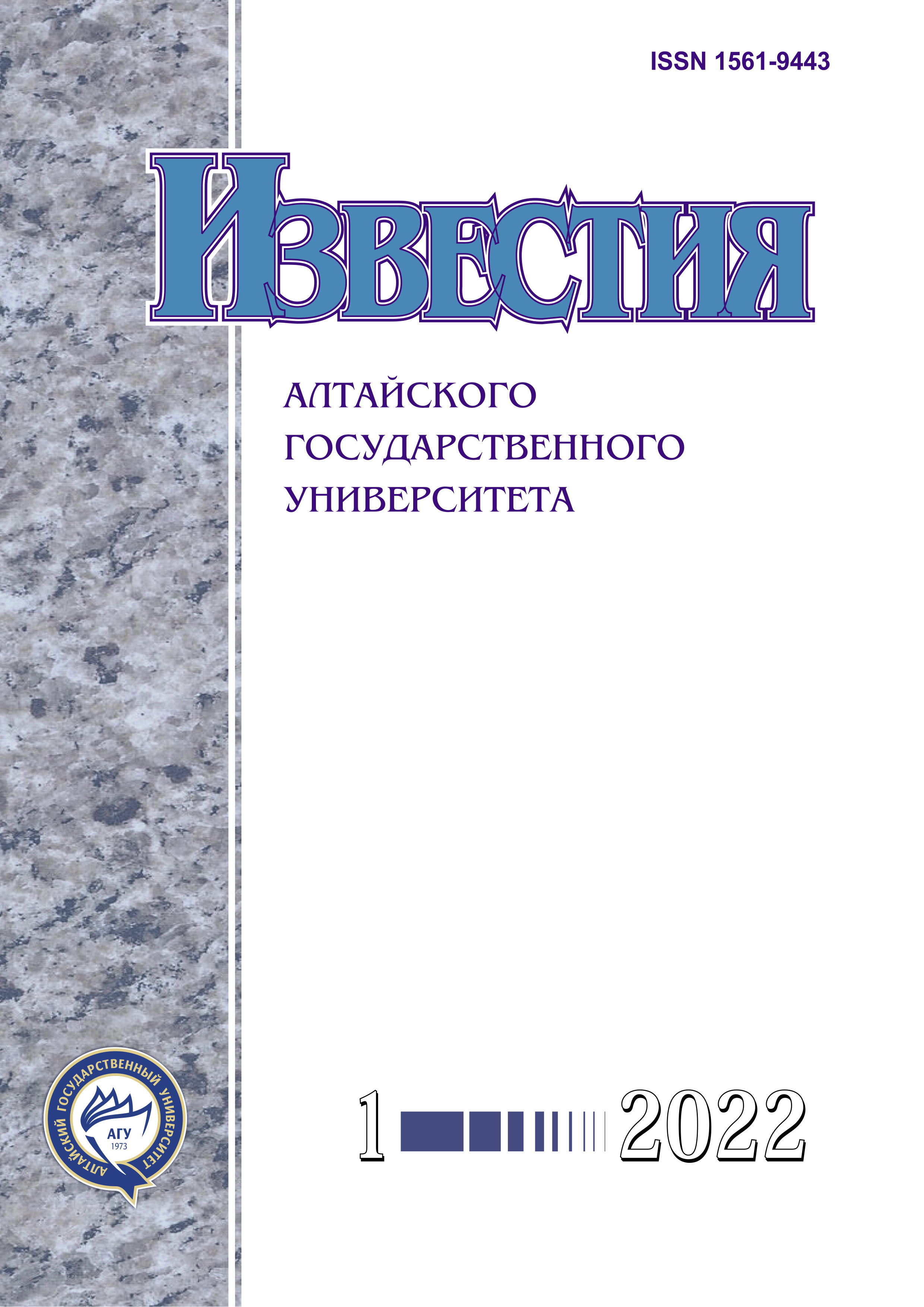Physical Foundations of Subatomic Attosecond Quantum Technologies for Storing Energy in Materials
УДК 530.145
Abstract
The article discusses the current development of physical principles of subatomic quantum technologies using ultrashort attosecond energy pulses within the ranges of deep-UV and soft X-ray radiation. It is necessary as a foundation of the process of nondestructive high-capacity reverse energy harvesting using accumulating nanoelectromechanical systems (NEMS) of supra-atomic scale with linear dimensions of 0.1 nm up to 10 nm and subatomic thickness of boundary interfaces up to 0.1 nm. The article compares the physical principles of up-to-date femtosecond quantum technologies and the prospective attosecond quantum technologies. The latter aims to improve the capacity, controllability, and performance efficiency of quantum energy storages by utilizing quantum electronic excitations of hybrid nature. Harder and shorter by one or two orders of magnitude UV and X-ray impulses are required for attosecond energy storages, unlike the femtosecond ones. Quantum femtochemistry describes the reactions caused by optical spectrum radiation pulses. In the case of attosecond pulses, highly excited quantum entangled subatomic electron pairs demonstrate nonlinear energy pulse accumulation effects. Goldstone condensates of bosonic electron pairs produce boundary shells of compact cavities of a quantum-size NEMS resonator. Hybrid electronic excitations of NEMS are a specific feature of the nonlinear quantum subatomic response of materials to attosecond deep-UV and soft X-ray pulses. The attosecond physics of the processes is the basis for the development of new subatomic attosecond quantum technologies for storing energy in materials.
Downloads
Metrics
References
Christensson N., Kauffmann H.F. et al., Origin of long-lived coherences in light-harvesting complexes // J. Phys. Chem. B. 2012. Vol. 116.
Halpin A., Johnson Ph.J.M., et al. Two-dimensional spectroscopy of a molecular dimer unveils the effects of vibronic coupling on exciton coherences // Nature Chemistry 2014. № 6.
Zewail A.H. Femtochemistry: Atomic-scale dynamics of the chemical bond // Angew Chem Int Ed Engl. 2000. Vol. 39.
Beznosyuk S.A., Zhukovsky M.S. Multiscale spacetime dissipative strnctures in materials: Two-electron genesis of nonequilibrium electromechanical interfaces // Phys. Mesomech. 2017. Vol. 20. № 1.
Pisharody S.N., Jones R.R. Probing two-electron dynamics of an atom // Science. 2004. Vol. 303.
Vanroose W., Martin F., Rescigno T.N. & McCurdy C.W. Complete photo-induced breakup of the H2 molecule as a probe of molecular electron congelation // Science. 2005. Vol. 310.
Morishita T., Watanabe S. & Lin C.D. Attosecond light pulses for probing two-electron dynamics of helium in the time domain // Phys. Rev. Lett. 2007. Vol. 98.
Ott C., Kaldun A., Argenti L., Raith P., Mayer K., Laux M., et al. Reconstruction and control of a time-dependent two-electron wave packet // Nature 2014. Vol. 516.
Ranitovic P., Hogle C.W., Riviere P., Palacios A., Tong X.M., Toshima N., et al. Attosecond VUV coherent control of molecular dynamics // Proceedings of the National Academy of Sciences USA. 2014 Vol. 111.
Levesque J. and Corkum P.B. Attosecond science and technology // Can. J. Phys. 2006. Vol. 84.
Corkum P.B., Krausz F. Attosecond science // Nature Physics. 2007. Vol. 3.
Krausz F., Ivanov M. Attosecond physics // Rev. Mod. Phys. 2009. Vol. 81.
Gallmann L, Cirelli C., Keller U. Attosecond Science: Recent Highlights and Future Trends // Annual Review of Physical Chemistry. 2012. Vol. 63.
Umezawa H., Matsumoto H., Tachiki M. Thermo Field Dynamics and Condensed States. North-Holland Pub. Co., Amsterdam. 1982, 591 p.
Beznosyuk S.A., Maslova O.A., Maksimov D.Yu. & Zhukovsky M.S. Attosecond nanotechnology: from subatomic electrostatic strings entangling electron pairs to supra-atomic quantum nanoelectromechanical systems energy storage in materials // Int. J. Nanotech. Vol. 15. № 4/5.
Copyright (c) 2022 Сергей Александрович Безносюк, Марк Сергеевич Жуковский, Ольга Андреевна Маслова

This work is licensed under a Creative Commons Attribution 4.0 International License.
Izvestiya of Altai State University is a golden publisher, as we allow self-archiving, but most importantly we are fully transparent about your rights.
Authors may present and discuss their findings ahead of publication: at biological or scientific conferences, on preprint servers, in public databases, and in blogs, wikis, tweets, and other informal communication channels.
Izvestiya of Altai State University allows authors to deposit manuscripts (currently under review or those for intended submission to Izvestiya of Altai State University) in non-commercial, pre-print servers such as ArXiv.
Authors who publish with this journal agree to the following terms:
- Authors retain copyright and grant the journal right of first publication with the work simultaneously licensed under a Creative Commons Attribution License (CC BY 4.0) that allows others to share the work with an acknowledgement of the work's authorship and initial publication in this journal.
- Authors are able to enter into separate, additional contractual arrangements for the non-exclusive distribution of the journal's published version of the work (e.g., post it to an institutional repository or publish it in a book), with an acknowledgement of its initial publication in this journal.
- Authors are permitted and encouraged to post their work online (e.g., in institutional repositories or on their website) prior to and during the submission process, as it can lead to productive exchanges, as well as earlier and greater citation of published work (See The Effect of Open Access).








